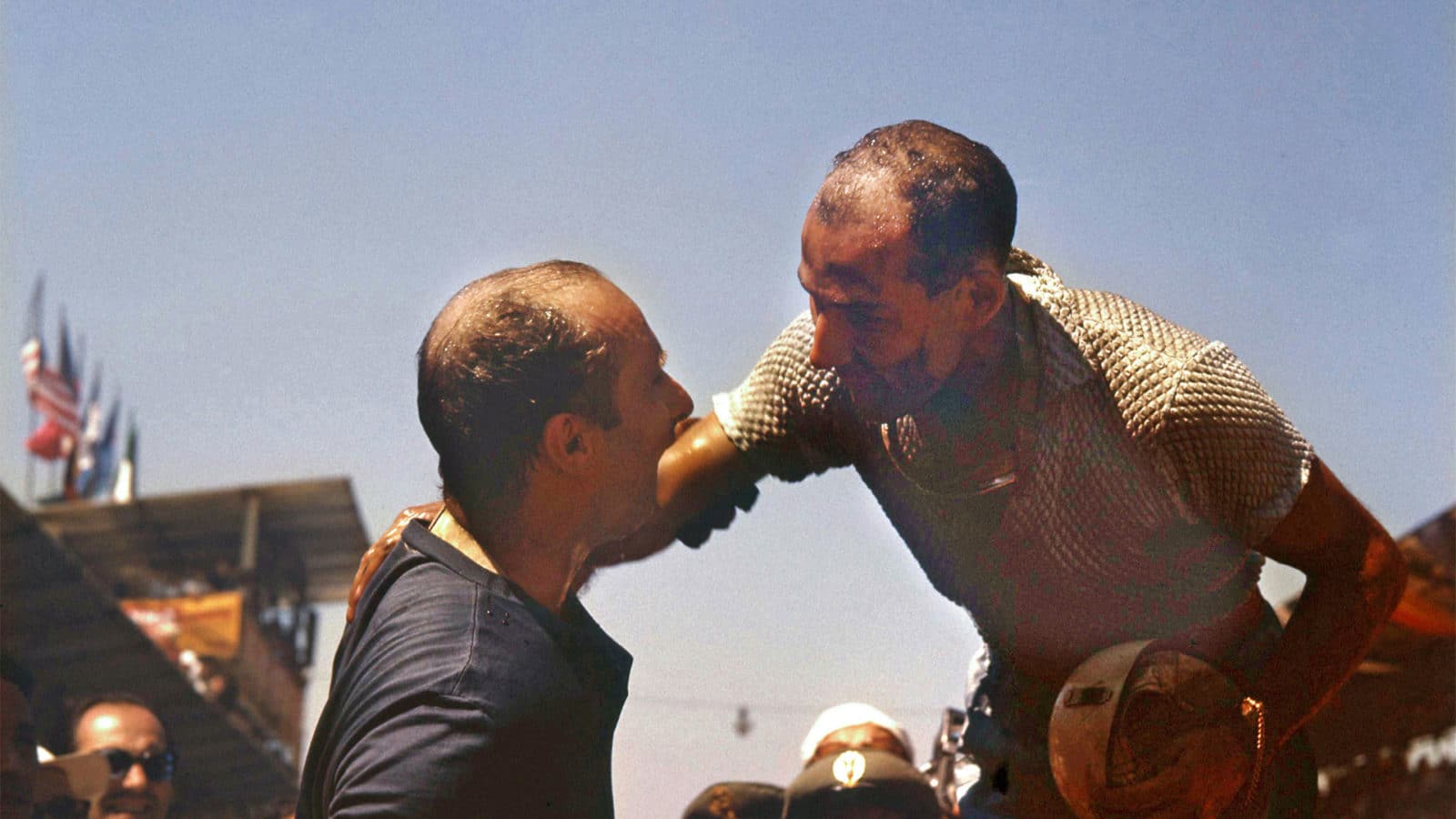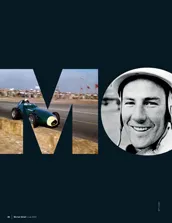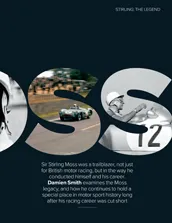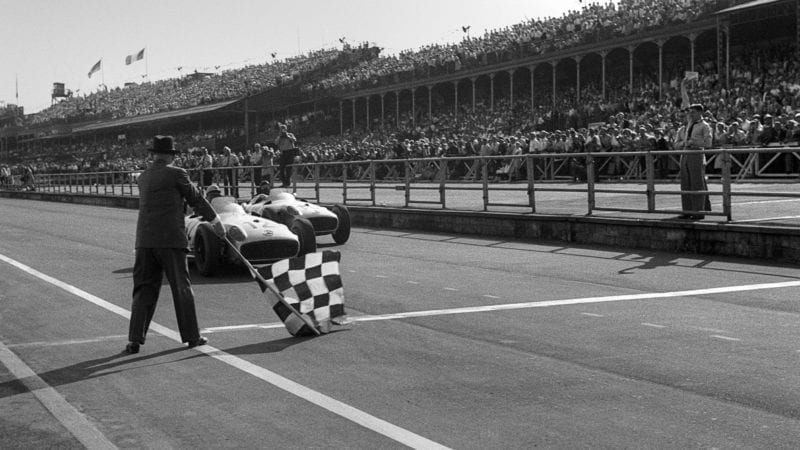The great thing about Stirling Moss is that he has no hang-ups about recognising the talent and prowess of another driver, especially a team-mate: the man they all must beat.
“He was the greatest of them all,” he asserts. “In truth you can’t really compare drivers across all the different eras, but to me Fangio was outstanding and of course he was in the era of dangerous cars, not what I call the safe cars of later years. I mean, we’re talking about cornering at 145mph in the damp, knowing that if you go off then you’re probably going to die. Or you walk back to the pits with the steering wheel and ask for another car. But we all knew it was dangerous: I went into it partly because it was dangerous. That’s the kind of thing you do when you’re a kid. It’s totally different now, so comparisons are difficult, but Fangio was the greatest. He had tremendous stamina, he was tremendously consistent and he was a gentleman, too. He has to be number one, for me.”
I get the feeling that Stirling could talk all day about his time with Fangio, a man he clearly loved and respected both on and off the circuit.
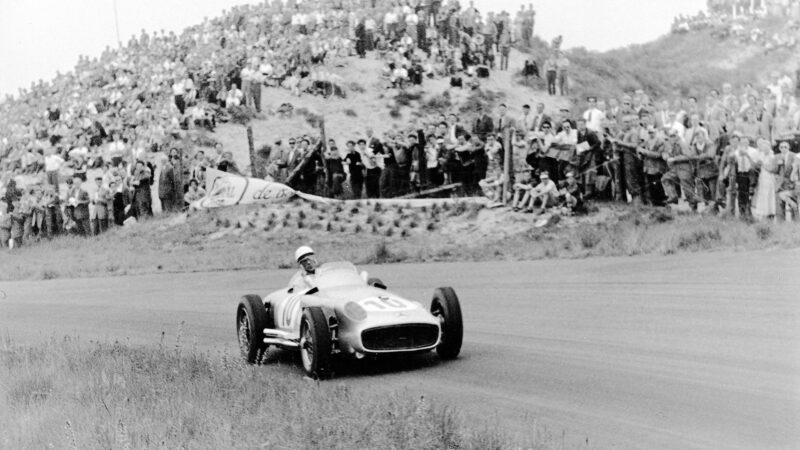
Moss excelled at Mercedes, but Fangio was clear number one
Mercedes
“I would ask to be remembered as one of the greatest all-rounders,” he goes on. “Mario [Andretti] is in there, and a few others, but Formula 1 is the pinnacle of excellence – you have to be very, very precise and that was where Fangio was without peer. People say he was a good mechanic too, knew all about his cars, but this is absolute bullshit. In the briefings he always used to say, ‘I’ll go with Stirling’s set-up’. He may have been a good mechanic for all I know, but setting up the car was not his strong point. Once, when we were at Dundrod for a sports car race, I asked for a change of gear ratio, or something, and I didn’t tell him,” he laughs, “but that was very rare.”
So what was Fangio’s special talent? What set him apart?
“If I knew how he did what he did, I would have then done it myself!” More laughter. “I followed Fangio very, very closely, watched what he did. The whole art of driving a racing car is keeping it balanced. Acceleration, steering and braking are all inclined to unbalance a car but Fangio could somehow go closer to the edge of disaster than anyone else because of his feel. When you go into a corner with a powerful grand prix car, you steer on the throttle, you use the steering wheel to present the car to the corner. Then you use the throttle to balance the car, to hold it on its limits. He had the gift of balancing a car like that, more so than anyone else,” says Stirling. “I had the gift, yes, but he somehow sharpened the point, imposed himself upon the car. He had this feel for the car.”
